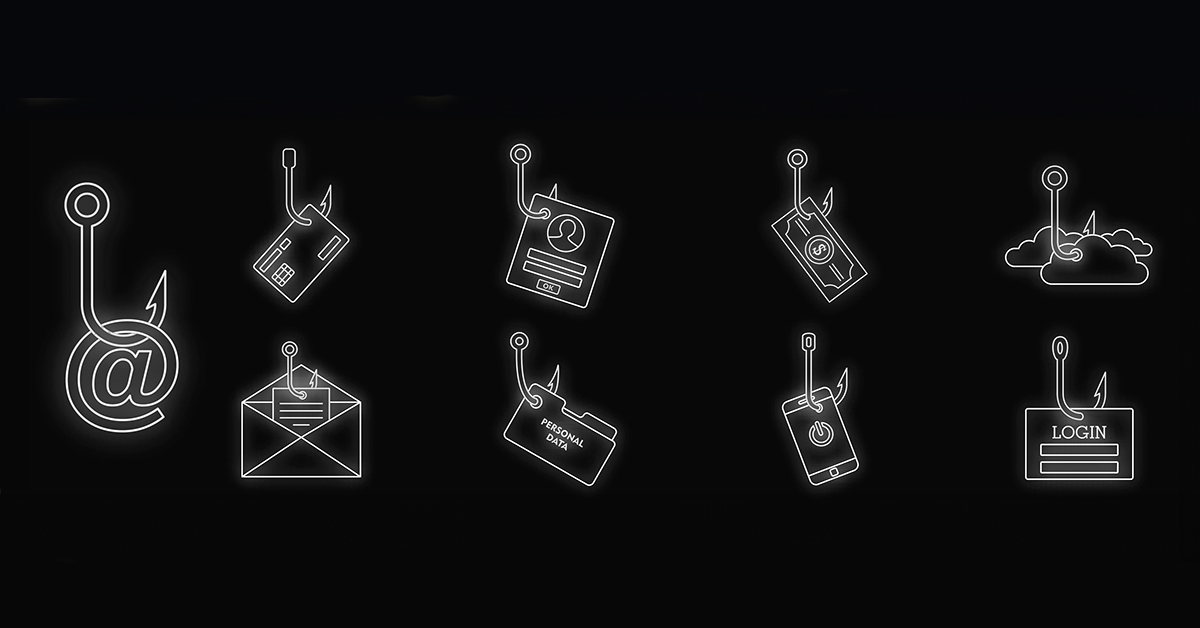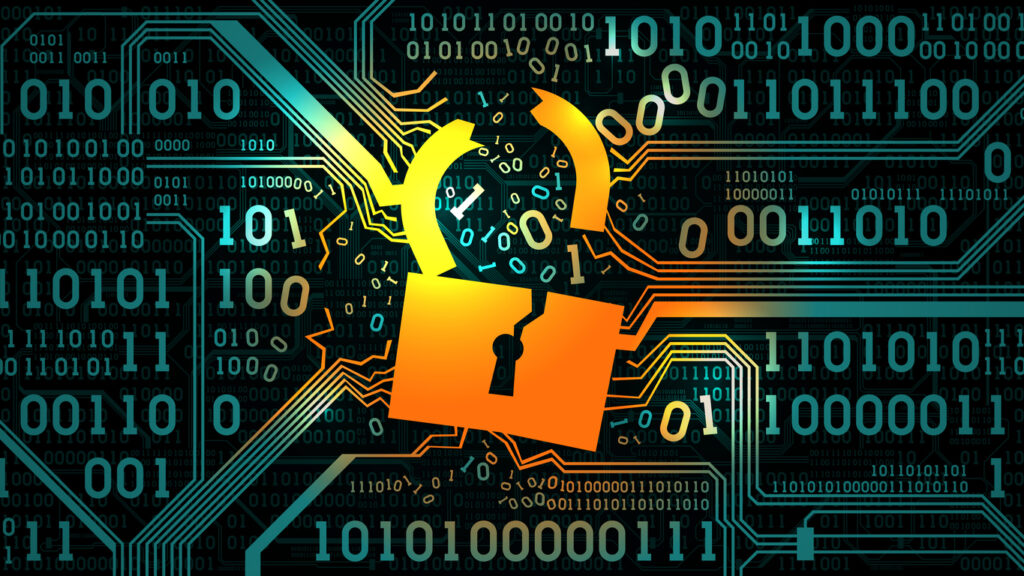In todays digital landscape, where connectivity reigns supreme, the allure of unknown links often beckons us with promises of enticing content, exclusive offers, or free downloads. However, behind these seemingly innocent gateways lurk unseen dangers that can compromise our privacy, security, and even our financial well-being.
One wrong click can unleash a torrent of malware, phishing scams, or identity theft—threats that can disrupt lives in seconds. As the internet evolves, so too do the tactics of cybercriminals, making vigilance more crucial than ever.
But how can we navigate this perilous terrain without falling victim to its traps? In this article, we’ll explore the risks associated with clicking unknown links and provide practical strategies to keep you safe as you traverse the webs labyrinthine pathways.
Common Types of Malicious Links

When navigating the vast digital landscape, users often encounter various types of malicious links, each designed with specific deceitful intents. Phishing links masquerade as legitimate sites, crafted to extract sensitive information, such as passwords or credit card details, all under the guise of urgency or necessity.
Furthermore, there are ransomware links, lurking in the shadows, promising tempting content but ultimately locking users out of their own data, demanding payment for release. Malware-laden links can quietly infiltrate a device, installing harmful software without the victim’s knowledge, while drive-by download links might exploit vulnerabilities in browsers, triggering automatic downloads of malicious files. Even seemingly innocuous links shared on social media can lead to scams or scams cloaked in trust.
Each click carries a risk, demanding vigilance and knowledge to navigate safely.
How Cybercriminals Use Unknown Links

Once clicked, however, these links can lead to a treacherous landscape of malware installation, phishing schemes, or ransomware attacks. Imagine innocently checking your email or social media, only to find that one moment of curiosity has opened the floodgates to identity theft or vast financial loss.
The tactics are varied; from cleverly disguised domain names to authentically mimicked brand logos, cybercriminals play on our instincts and emotions, capitalizing on urgency or fear to encourage that fateful click. Awareness and caution are your best defenses in this unpredictable realm where a single unknown link can turn a mundane day into a nightmare.
Recognizing Red Flags

Recognizing red flags is vital in navigating the perilous waters of online links. It begins with awareness: are there typographical errors, or an odd domain name that seems off? Be wary of links that invoke a sense of urgency or promise unbelievable rewards.
These tactics often disguise malicious intent. Consider the source—emails from unknown senders or unsolicited messages on social media can be telltale signs of phishing attempts.
Look for generic greetings or strange language, which might indicate a lack of authenticity. Lastly, trust your instincts; if a link feels wrong, it’s better to err on the side of caution.
Remember, in the digital realm, not all that glitters is gold.
Conclusion
In conclusion, the act of clicking on unknown links poses significant risks that can compromise your personal information and online security. With cybercriminals constantly evolving their tactics, its crucial to remain vigilant and adopt best practices for internet safety.
Always verify the source of any link before clicking, and utilize security measures such as antivirus software and two-factor authentication. As illustrated by the recent Coinbase phishing scams recovery, where unsuspecting users were tricked into revealing their sensitive information, the consequences of a single careless click can be devastating. By implementing these precautionary steps and fostering a healthy skepticism towards unsolicited links, you can protect yourself and maintain a secure online presence.
Stay informed and cautious to ensure that your digital life remains safe from potential threats.







